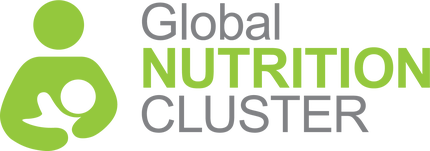Request support on coordination, information management, integration for nutrition outcomes or technical nutrition in emergencies assistance.
التماس الدعم لتنسيق التغذية وإدارة المعلومات والتغذية في حالات الطوارئ
Demander un appui pour la coordination de la nutrition, la gestion de l'information et la nutrition dans les situations d'urgence
Buscar apoyo para la coordinación de la nutrición, la gestión de la información y la nutrición en situaciones de emergencia
Solicite apoio para coordenação em nutrição, gestão de informação e nutrição em emergências
Across all societies, women and girls are at greater risk of experiencing gender-based violence (GBV) than men and boys – especially during their adolescent years and in humanitarian crises and emergencies.
In fact, one in three women will experience GBV in their lifetime.
According to UNICEF, GBV includes any physical, sexual, mental, or economic harm or the threat of harm on a person because of their gender and the “socially ascribed power imbalances between males and females”.
In emergency settings, the risk of violence increases and is deeply interrelated to malnutrition and higher levels of both acute and chronic malnutrition for women and girls and their households.
For example, in Sudan, the dire economic situation and renewed conflict has increased violence against women, girls, and gender minorities – leading to increases in forced marriage, early marriage, and Female Genital Mutilation (FGM), in particular.
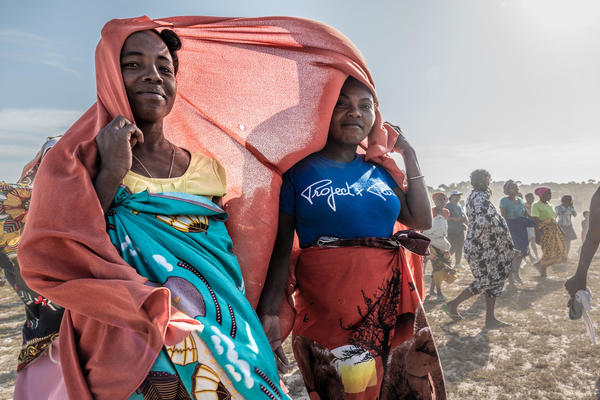
The sad reality is that much of this violence will go unreported as women, girls, gender minorities and their families fear the repercussions of speaking out. They fear being blamed for their abuse or ostracized from their community. Oftentimes, they don’t have the support mechanisms in place to adequately address the violence should the victim choose to come forward. As a result, women who have experienced violence are more likely to be re-victimized in their lifetime.
The good news? Proactively integrating gender equity and GBV risk mitigation into emergency nutrition programs can greatly improve outcomes for women, girls, and gender minorities – particularly in emergencies.
Practically, this means putting measures in place to ensure that women and girls in your program have access to appropriate and sufficient services – including psychosocial support, health services, and safe places to go should their safety be compromised. It also means taking steps to mitigate GBV and prevent it in the first place.
You can help mitigate GBV in your program by creating safe spaces for women and girls, distributing dignity kits, and conducting safety assessments of the community. Longer term efforts to prevent GBV include incorporating activities that promote women’s social and economic empowerment and community-based education initiatives to address the harmful social norms that perpetuate violence.
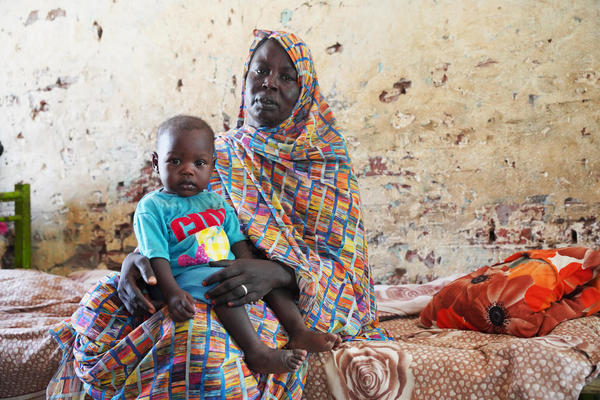
We’ve established the Gender Workstream to help address this cross-cutting issue by providing nutrition actors with the technical support and resources they need to adequately consider and address GBV in their nutrition responses. Our team of technical advisors is available to support you and answer your questions.
We also find it invaluable to share resources that help you do your work better. So, we’ve compiled four resources developed by our co-lead UNICEF’s GBV in Emergencies and Nutrition and Child Development Section technical staff.
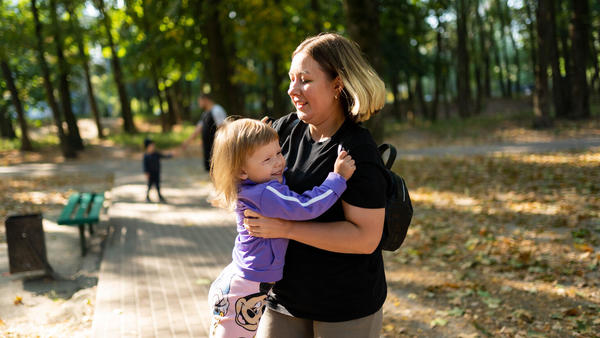
Four resources to learn more about the linkage between gender-based violence and nutrition
>>> A Rapid Assessment on Exposure to Gender-Based Violence (GBV) and Children's Nutrition
Key Takeaways:
- Maternal caregiver exposure to IPV was most consistently associated with having a child born with a lower birthweight.
- Women exposed to IPV were less likely to engage in recommended breastfeeding practices and made early breastfeeding initiation and exclusive breastfeeding less likely.
- A maternal caregiver’s experience of IPV was associated with worsened growth indicators – including stunting, wasting, and/or underweight.
>>> Intimate Partner Violence and Child Growth: A Summary of the Evidence Base
Key Takeaways:
- A maternal caregiver’s experience of physical and/or sexual intimate partner violence (IPV) was significantly associated with a higher risk of stunting in their children under 5 years of age.
- A maternal caregiver’s experience of physical IPV, sexual IPV, emotional IPV, and combined IPV was associated with a child’s low birthweight and suboptimal breastfeeding, which are risk factors for undernutrition.
- A maternal caregiver’s experience of IPV during pregnancy was associated with lower height for age in her children under 5 years of age, with the difference being statistically significant for girls.
>>> Intimate Partner Violence and Breastfeeding: A Summary of the Evidence Base
Key Takeaways:
- GBV – specifically intimate partner violence – has been found to negatively impact maternal breastfeeding practices in fragile settings, thereby compromising infant and young child nutrition.
- Women who experience intimate partner violence are less likely to practice exclusive breastfeeding or to engage in early initiation of breastfeeding.
- Potential reasons for this decline include the fact that violence negatively impacts a maternal caregiver’s mental health and wellbeing, which affects her ability to care for herself and her children and contributes to an overall household environment that is not supportive of breastfeeding.
Key Takeaways:
- Adolescence is a developmental period where girls face a particularly high risk of GBV. In fragile settings, child marriage, sexual violence, and intimate partner violence (IPV) are pervasive.
- UNICEF found that almost half of adolescent girls in their programme countries are anemic and cannot access the health and nutrition support they need.
- Girls who were subjected to child marriage were also significantly more likely to become anemic.
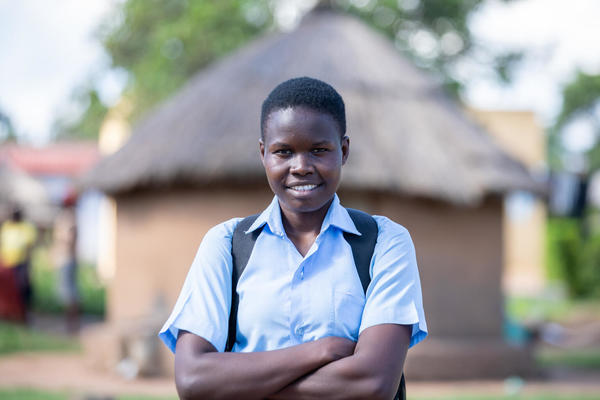
We’re here to help you
If you need support knowing how to identify and mitigate GBV-related issues in your context, our technical advisors are available to help.
